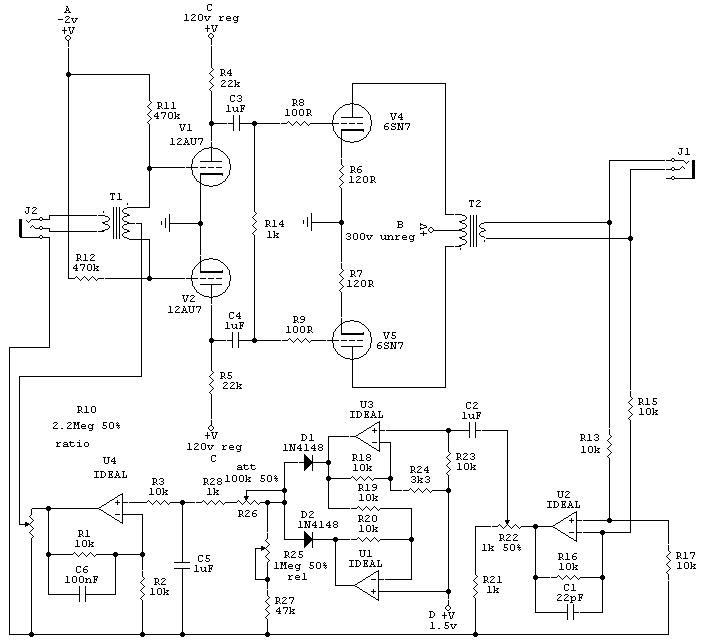rafafredd
Well-known member
So, I just happen to have tons of those things, and I was looking at the datasheets and trying to come up with a first stage for a mic preamp, but I don´t think it´s that good for this.
On the other hand, the cutoff-point of those things looks quite "remote". Do you think those would be usefull as VariMu stage in a compressor?
Here are some links:
http://www.mif.pg.gda.pl/homepages/frank/sheets/010/p/PC900.pdf
A 6volt version:
http://www.mif.pg.gda.pl/homepages/frank/sheets/135/6/6HA5.pdf
and the 6gk5:
http://www.mif.pg.gda.pl/homepages/frank/sheets/106/6/6GK5.pdf
http://www.mif.pg.gda.pl/homepages/frank/sheets/127/6/6GK5.pdf
http://www.mif.pg.gda.pl/homepages/frank/sheets/135/6/6GK5.pdf
What do you think? I have so many that I could even parallell them like in a fairchild comp, if this would lead me to better results...
On the other hand, the cutoff-point of those things looks quite "remote". Do you think those would be usefull as VariMu stage in a compressor?
Here are some links:
http://www.mif.pg.gda.pl/homepages/frank/sheets/010/p/PC900.pdf
A 6volt version:
http://www.mif.pg.gda.pl/homepages/frank/sheets/135/6/6HA5.pdf
and the 6gk5:
http://www.mif.pg.gda.pl/homepages/frank/sheets/106/6/6GK5.pdf
http://www.mif.pg.gda.pl/homepages/frank/sheets/127/6/6GK5.pdf
http://www.mif.pg.gda.pl/homepages/frank/sheets/135/6/6GK5.pdf
What do you think? I have so many that I could even parallell them like in a fairchild comp, if this would lead me to better results...



